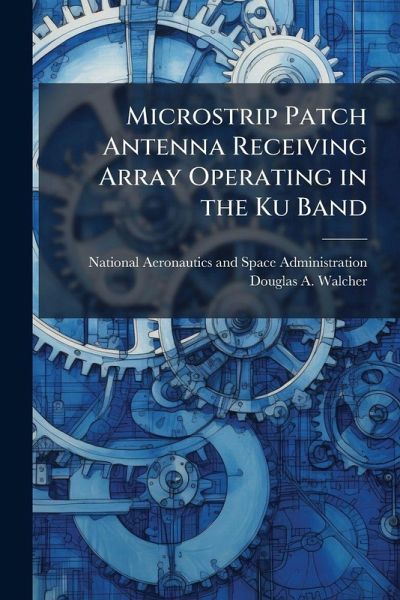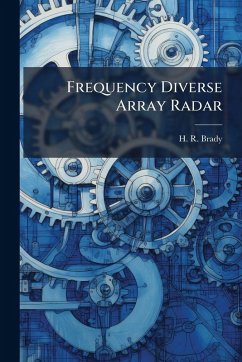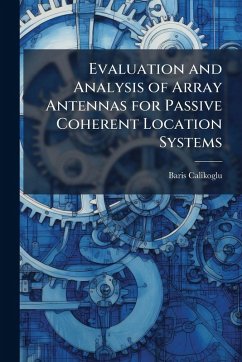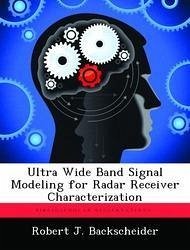
Microstrip Patch Antenna Receiving Array Operating in the Ku Band

PAYBACK Punkte
8 °P sammeln!
Microstrip patch antennas were first investigated from the idea that it would be highly advantageous to fabricate radiating elements (antennas) on the same dielectric substrate as RF circuitry and transmission lines. Other advantages were soon discovered to be its lightweight, low profile, conformability to shaped surfaces, and low manufacturing costs. Unfortunately, these same patches continually exhibit narrow bandwidths, wide beamwidths, and low antenna gain. This thesis will present the design and experimental results of a microstrip patch antenna receiving array operating in the Ku band. ...
Microstrip patch antennas were first investigated from the idea that it would be highly advantageous to fabricate radiating elements (antennas) on the same dielectric substrate as RF circuitry and transmission lines. Other advantages were soon discovered to be its lightweight, low profile, conformability to shaped surfaces, and low manufacturing costs. Unfortunately, these same patches continually exhibit narrow bandwidths, wide beamwidths, and low antenna gain. This thesis will present the design and experimental results of a microstrip patch antenna receiving array operating in the Ku band. An antenna array will be designed in an attempt to improve its performance over a single patch. Most Ku band information signals are either wide band television images or narrow band data and voice channels. An attempt to improve the gain of the array by introducing parasitic patches on top of the array will also be presented in this thesis. This work has been selected by scholars as being culturally important, and is part of the knowledge base of civilization as we know it. This work was reproduced from the original artifact, and remains as true to the original work as possible. Therefore, you will see the original copyright references, library stamps (as most of these works have been housed in our most important libraries around the world), and other notations in the work. This work is in the public domain in the United States of America, and possibly other nations. Within the United States, you may freely copy and distribute this work, as no entity (individual or corporate) has a copyright on the body of the work. As a reproduction of a historical artifact, this work may contain missing or blurred pages, poor pictures, errant marks, etc. Scholars believe, and we concur, that this work is important enough to be preserved, reproduced, and made generally available to the public. We appreciate your support of the preservation process, and thank you for being an important part of keeping this knowledge alive and relevant.












